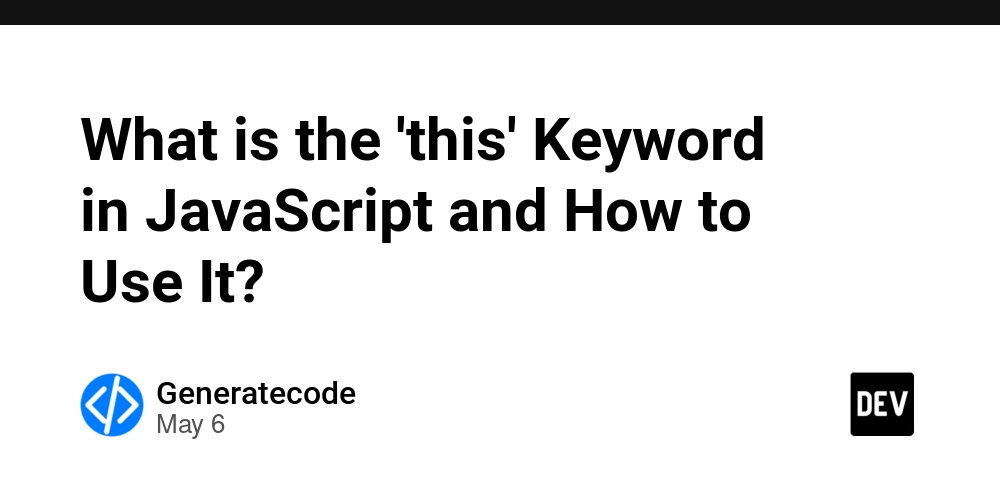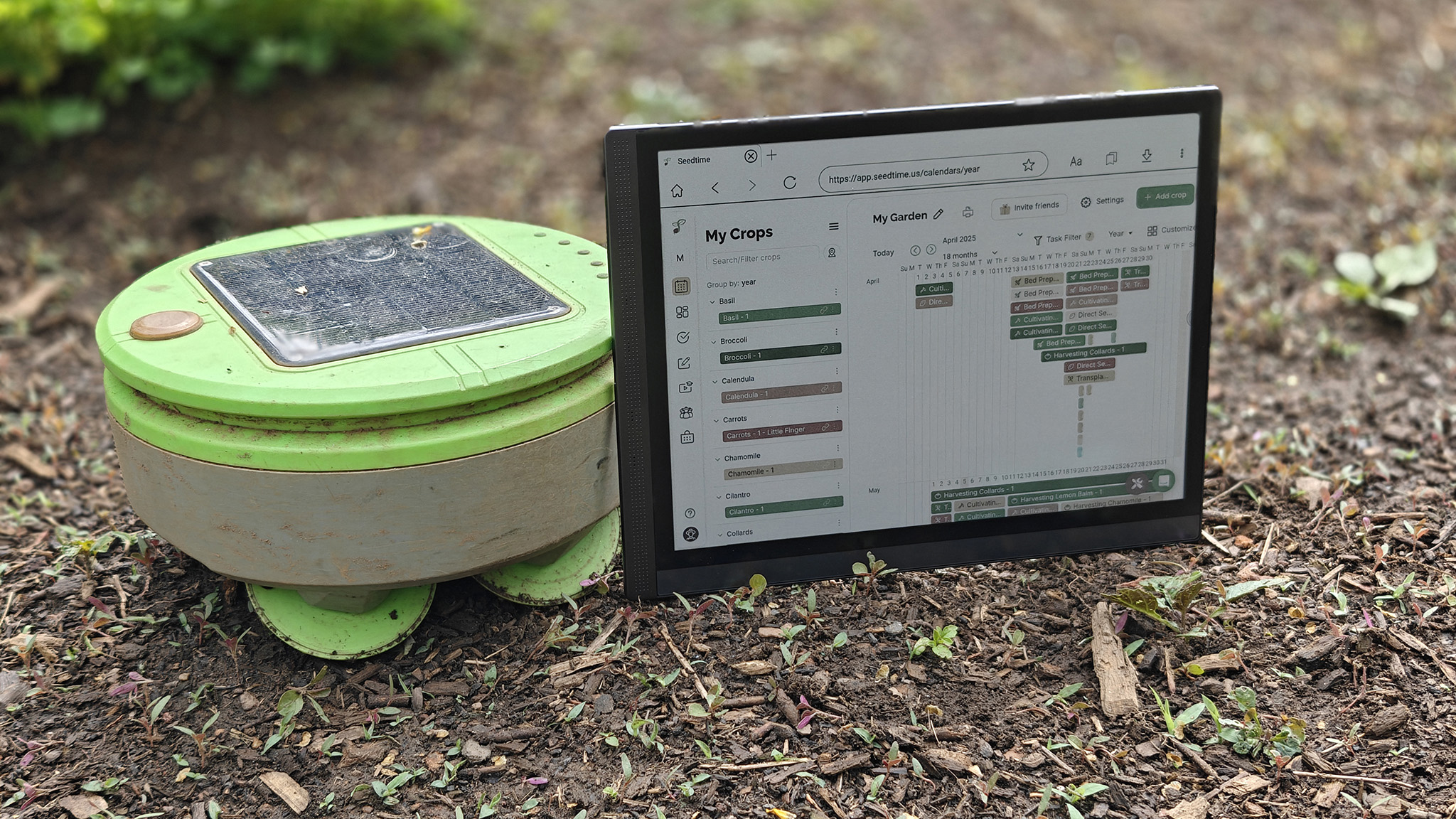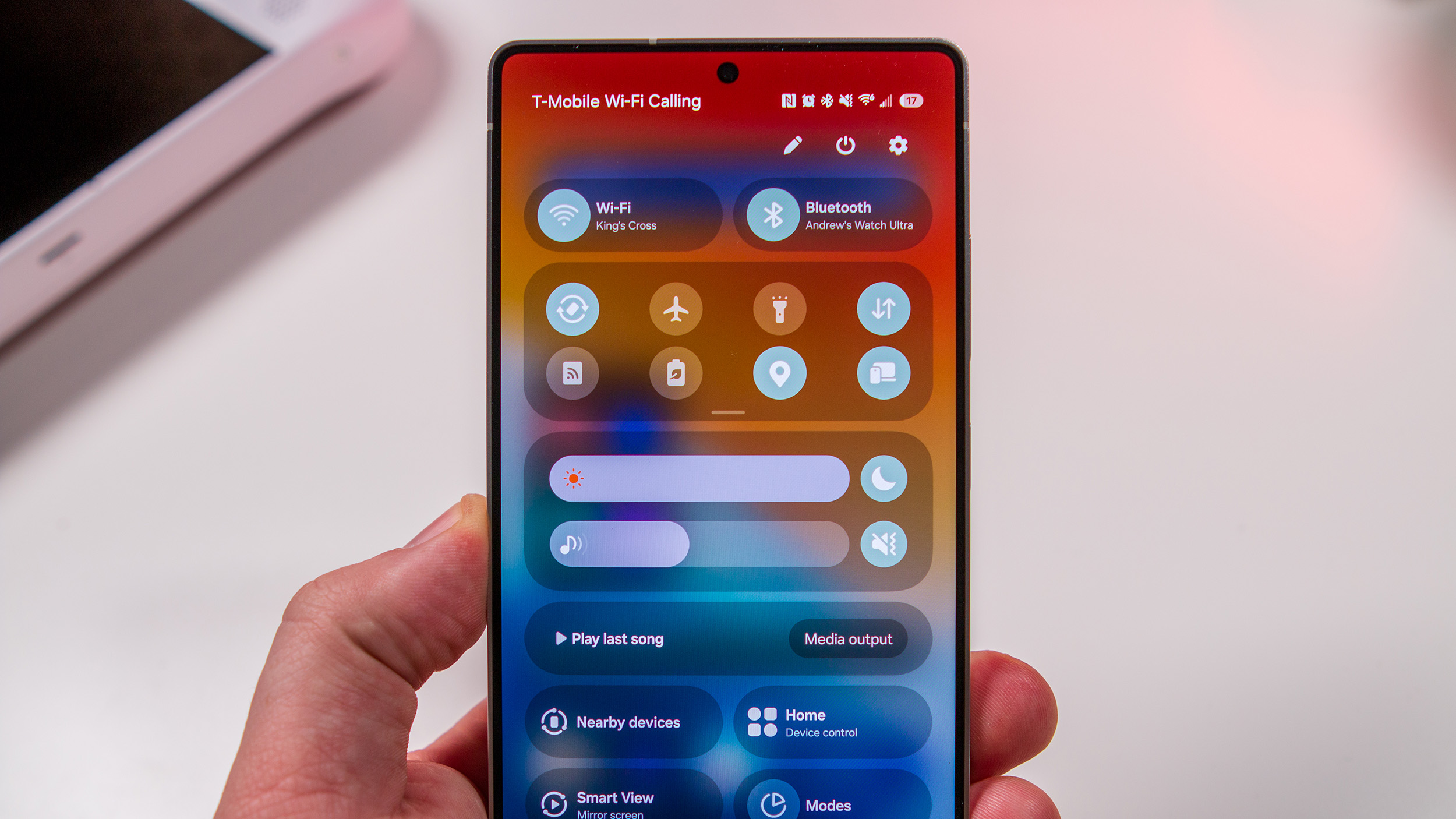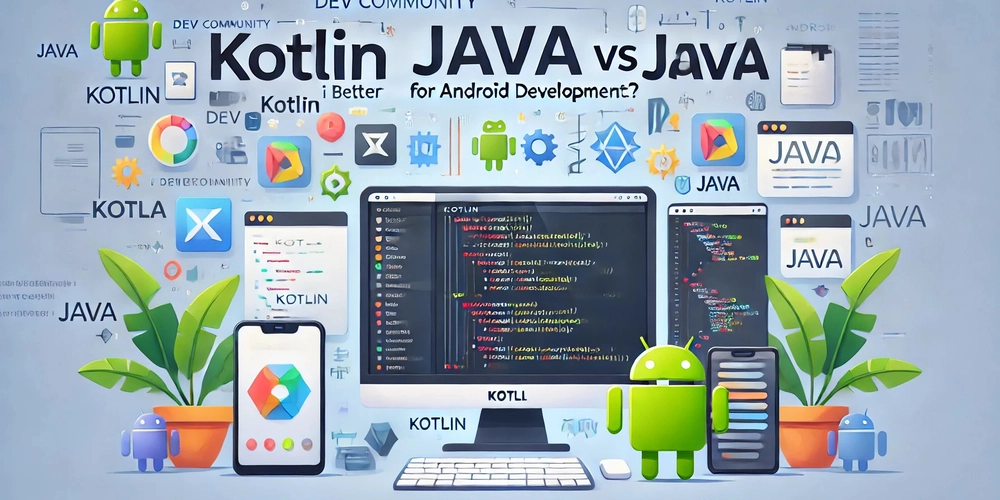What is the 'this' Keyword in JavaScript and How to Use It?
When it comes to JavaScript programming, the concept of the this keyword often confuses both beginners and experienced developers. The this keyword is a fundamental aspect of JavaScript that plays a vital role in how functions and objects operate. In this article, we’ll explore what this is, why it can behave unexpectedly, and how you can use it correctly in your JavaScript code. Understanding the 'this' Keyword The this keyword in JavaScript refers to the context in which the function is executed. The value of this depends on how a function is called, which can lead to different behaviors depending on the context. This aspect can cause confusion, especially for those who come from other programming languages where this works differently. Why Does 'this' Behave Strangely? The behavior of this may seem strange at first because it’s determined by the call site of the function rather than where the function is defined. Let’s highlight some common situations where this might not work as expected: Global Context: In the global scope, this refers to the global object, which is window in browsers. Object Method: When a function is called as a method of an object, this refers to the object. Constructor Functions: In constructors, this refers to the newly created instance. Event Handlers: In event handlers, this refers to the element that fired the event. Arrow Functions: Arrow functions do not have their own this; instead, they inherit this from the enclosing scope. How to Use 'this' Correctly To effectively utilize the this keyword, it is essential to understand its context. Here’s a breakdown of common use cases: 1. Using 'this' in Object Methods When this is used in a method of an object, it refers to the object itself. Here is an example: const person = { name: 'Alice', greet: function() { console.log(`Hello, my name is ${this.name}`); } }; person.greet(); // Output: Hello, my name is Alice In this code snippet, when we call person.greet(), this refers to person, allowing us to access its properties. 2. Using 'this' in Constructor Functions In a constructor function, this refers to the newly created object. Here’s an example: function Car(make, model) { this.make = make; this.model = model; } const myCar = new Car('Toyota', 'Corolla'); console.log(myCar.make); // Output: Toyota When we use the new keyword, this is bound to the newly created instance of the Car object. 3. Handling 'this' in Event Listeners In event handling, this refers to the HTML element that triggered the event. For instance: Click me! document.getElementById('myButton').addEventListener('click', function() { console.log(this.innerHTML); // 'Click me!' }); Here, this in the event listener refers to the button element that was clicked. 4. Arrow Functions and 'this' Arrow functions provide a different approach since they do not have their own this. Instead, they inherit the this value from their parent scope: const obj = { value: 42, getValue: function() { const innerFunction = () => { console.log(this.value); }; innerFunction(); } }; obj.getValue(); // Output: 42 In this example, innerFunction inherits this from getValue, which refers to obj. Frequently Asked Questions Does this point to the global object in non-strict mode? Yes, in non-strict mode, if this is not specified, it points to the global object (e.g., window in browsers). What happens if I call a method without an object? If you call a method without an object context, this will refer to the global object or be undefined in strict mode. How do I explicitly bind this? You can use .bind(), .call(), or .apply() to bind this explicitly in a function. function show() { console.log(this.name); } const obj = { name: 'Bob' }; const showBound = show.bind(obj); showBound(); // Output: Bob Conclusion Knowing how to use the this keyword correctly in JavaScript is crucial for writing effective and bug-free code. By understanding the context in which this resolves and applying its usage in appropriate scenarios, you can make the most out of its functionality. Remember to consider the context (global, object, constructor, event, arrow) to grasp how this behaves in different situations. Mastering this will help you write more dynamic and reliable JavaScript applications.

When it comes to JavaScript programming, the concept of the this keyword often confuses both beginners and experienced developers. The this keyword is a fundamental aspect of JavaScript that plays a vital role in how functions and objects operate. In this article, we’ll explore what this is, why it can behave unexpectedly, and how you can use it correctly in your JavaScript code.
Understanding the 'this' Keyword
The this keyword in JavaScript refers to the context in which the function is executed. The value of this depends on how a function is called, which can lead to different behaviors depending on the context. This aspect can cause confusion, especially for those who come from other programming languages where this works differently.
Why Does 'this' Behave Strangely?
The behavior of this may seem strange at first because it’s determined by the call site of the function rather than where the function is defined. Let’s highlight some common situations where this might not work as expected:
-
Global Context: In the global scope,
thisrefers to the global object, which iswindowin browsers. -
Object Method: When a function is called as a method of an object,
thisrefers to the object. -
Constructor Functions: In constructors,
thisrefers to the newly created instance. -
Event Handlers: In event handlers,
thisrefers to the element that fired the event. -
Arrow Functions: Arrow functions do not have their own
this; instead, they inheritthisfrom the enclosing scope.
How to Use 'this' Correctly
To effectively utilize the this keyword, it is essential to understand its context. Here’s a breakdown of common use cases:
1. Using 'this' in Object Methods
When this is used in a method of an object, it refers to the object itself. Here is an example:
const person = {
name: 'Alice',
greet: function() {
console.log(`Hello, my name is ${this.name}`);
}
};
person.greet(); // Output: Hello, my name is Alice
In this code snippet, when we call person.greet(), this refers to person, allowing us to access its properties.
2. Using 'this' in Constructor Functions
In a constructor function, this refers to the newly created object. Here’s an example:
function Car(make, model) {
this.make = make;
this.model = model;
}
const myCar = new Car('Toyota', 'Corolla');
console.log(myCar.make); // Output: Toyota
When we use the new keyword, this is bound to the newly created instance of the Car object.
3. Handling 'this' in Event Listeners
In event handling, this refers to the HTML element that triggered the event. For instance:
Here, this in the event listener refers to the button element that was clicked.
4. Arrow Functions and 'this'
Arrow functions provide a different approach since they do not have their own this. Instead, they inherit the this value from their parent scope:
const obj = {
value: 42,
getValue: function() {
const innerFunction = () => {
console.log(this.value);
};
innerFunction();
}
};
obj.getValue(); // Output: 42
In this example, innerFunction inherits this from getValue, which refers to obj.
Frequently Asked Questions
Does this point to the global object in non-strict mode?
Yes, in non-strict mode, if this is not specified, it points to the global object (e.g., window in browsers).
What happens if I call a method without an object?
If you call a method without an object context, this will refer to the global object or be undefined in strict mode.
How do I explicitly bind this?
You can use .bind(), .call(), or .apply() to bind this explicitly in a function.
function show() {
console.log(this.name);
}
const obj = { name: 'Bob' };
const showBound = show.bind(obj);
showBound(); // Output: Bob
Conclusion
Knowing how to use the this keyword correctly in JavaScript is crucial for writing effective and bug-free code. By understanding the context in which this resolves and applying its usage in appropriate scenarios, you can make the most out of its functionality. Remember to consider the context (global, object, constructor, event, arrow) to grasp how this behaves in different situations. Mastering this will help you write more dynamic and reliable JavaScript applications.







































































































































































![[The AI Show Episode 146]: Rise of “AI-First” Companies, AI Job Disruption, GPT-4o Update Gets Rolled Back, How Big Consulting Firms Use AI, and Meta AI App](https://www.marketingaiinstitute.com/hubfs/ep%20146%20cover.png)

















































































































































































.jpg?width=1920&height=1920&fit=bounds&quality=70&format=jpg&auto=webp#)





















































































_Brian_Jackson_Alamy.jpg?width=1280&auto=webp&quality=80&disable=upscale#)

_Steven_Jones_Alamy.jpg?width=1280&auto=webp&quality=80&disable=upscale#)


 Stolen 884,000 Credit Card Details on 13 Million Clicks from Users Worldwide.webp?#)






























































































![Google rolling out Nest Wifi Pro April 2025 update [U]](https://i0.wp.com/9to5google.com/wp-content/uploads/sites/4/2022/10/Nest-Wifi-Pro-1.jpg?resize=1200%2C628&quality=82&strip=all&ssl=1)














![Apple Releases iOS 18.5 RC and iPadOS 18.5 RC to Developers [Download]](https://www.iclarified.com/images/news/97230/97230/97230-640.jpg)

![Apple Seeds watchOS 11.5 RC to Developers [Download]](https://www.iclarified.com/images/news/97235/97235/97235-640.jpg)
![Apple Watch Shipments Declined 19% Year-over-Year in 2024 [Report]](https://www.iclarified.com/images/news/97229/97229/97229-640.jpg)
































































































